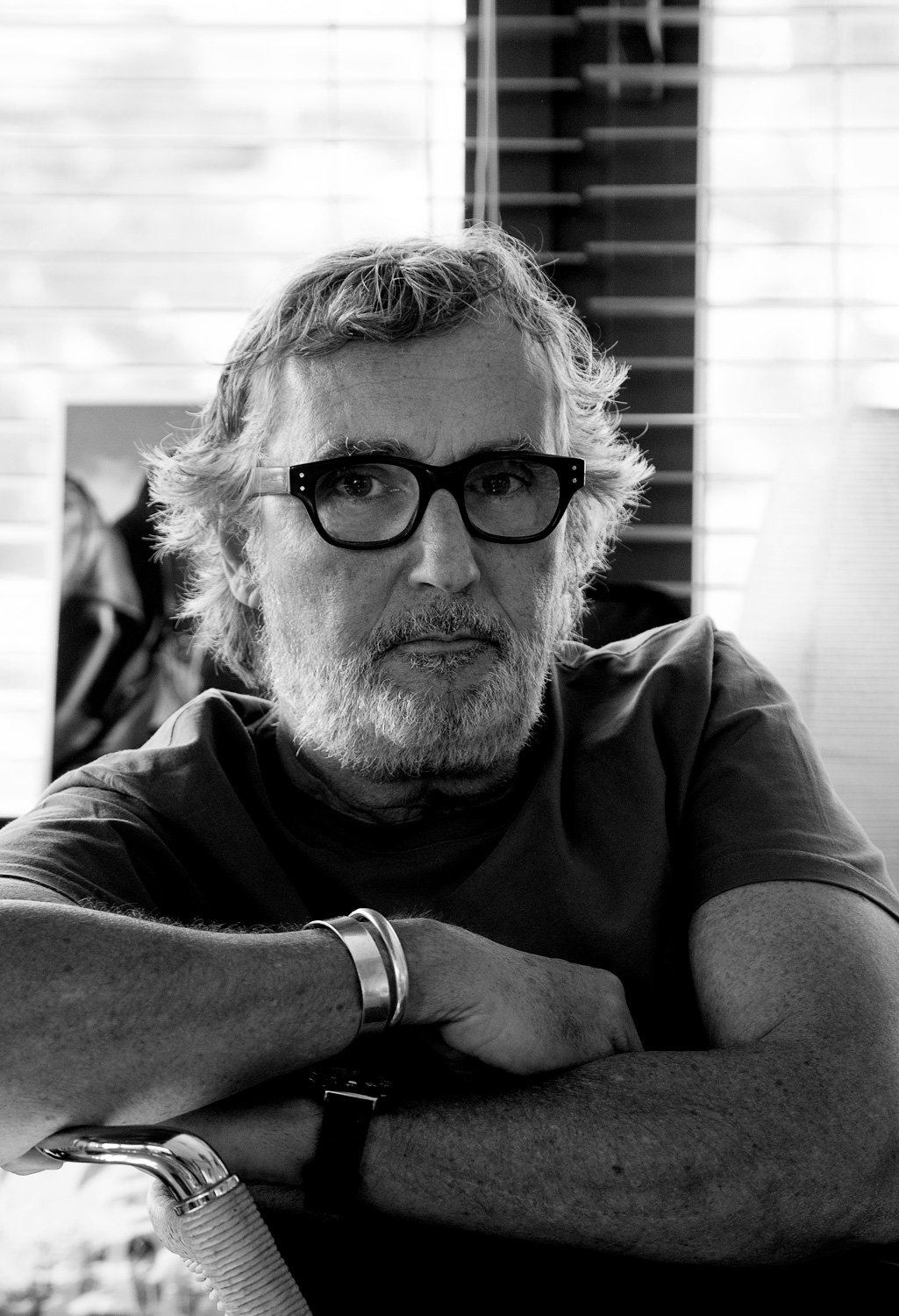Àlex and I used to go to school together and afterwards we lost track until many years later, when he was director of the Ramon Llull Institute and we met in a reunion. Now he welcomes me at the Espais Volart of the Vila Casas Foundation, of which he is the art director.
While I prepare the camera we talk about art and artists, photography, painting, the poor acceptance of figurative painting today, how the auction houses have caused the crisis of the galleries, a little bit of everything, in the short time I can steal from his tight schedule.
Àlex speaks slowly, with measured words, with an erudite touch and with the confidence that his impressive trajectory gives him.
Àlex Susanna is a writer, teacher, poet and cultural promoter.
He has been professor of Catalan literature at the Universitat Rovira i Virgili, founder and director of Editorial Columna, Columna Música, and the International Poetry Festival of Barcelona. He has co-directed the collection of novels El Cercle de Viena, in Viena Ediciones. Subsequently he has been director of the Caixa Catalunya Foundation, director of Culture of the Obra Social de CatalunyaCaixa in La Pedrera, director of the Ramon Llull Institute and of the Catalan Agency of Cultural Heritage. In 2020 he joined the Vila Casas Foundation as art director.
He holds a degree in Catalan Philology from the University of Barcelona. He has published a number of poetry books, including Memòria del cos (1980, Miquel de Palol Prize 1979). As a prose writer, he has published Quadern venecià (1989, Premi Josep Pla 1988), Quadern de Fornells, Quadern d’ombres and Quadern dels marges.
As an art critic he has published numerous texts for catalogs and articles on exhibitions. Among his translations stand out those of Monsieur Teste by Paul Valéry (1980, Serra d’Or Critics' Prize 1981), Quatre Quartets by T.S. Eliot (1984 and 2011) and Cal·ligrames by Apollinaire, and he has also collaborated as an article writer in various media.
His work has been translated into eleven languages.
He is a member of the European Academy of Poetry.













